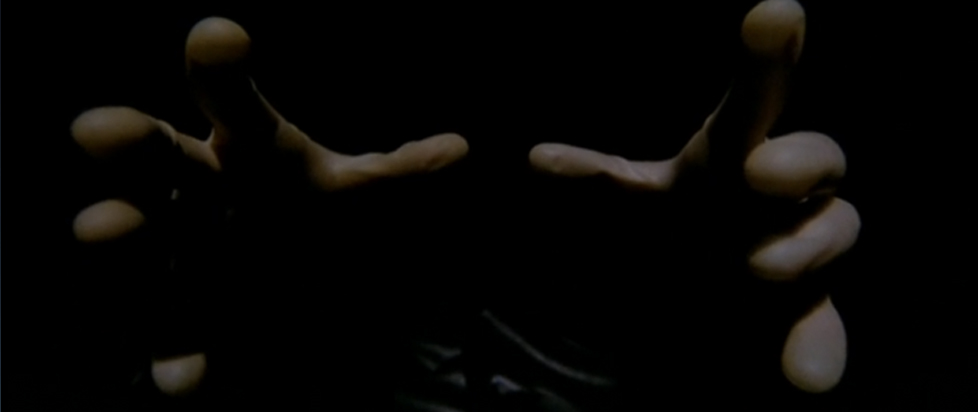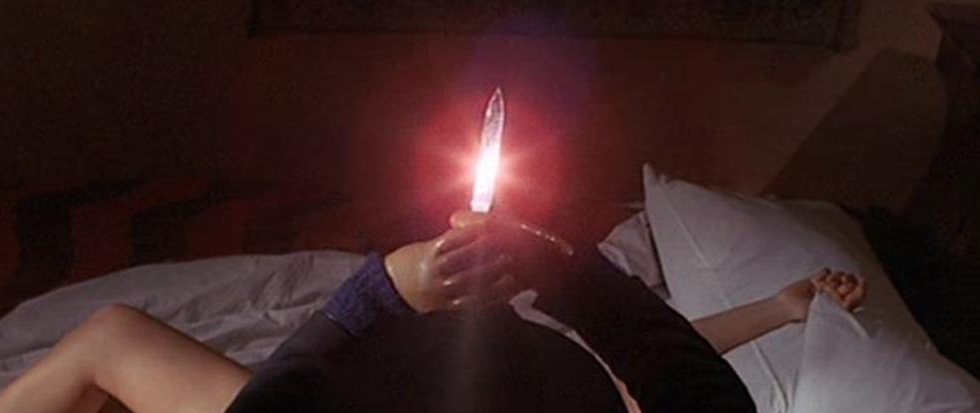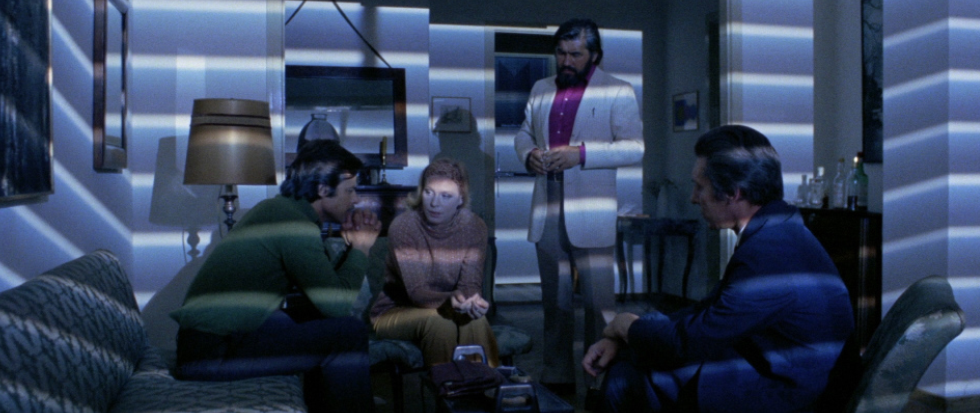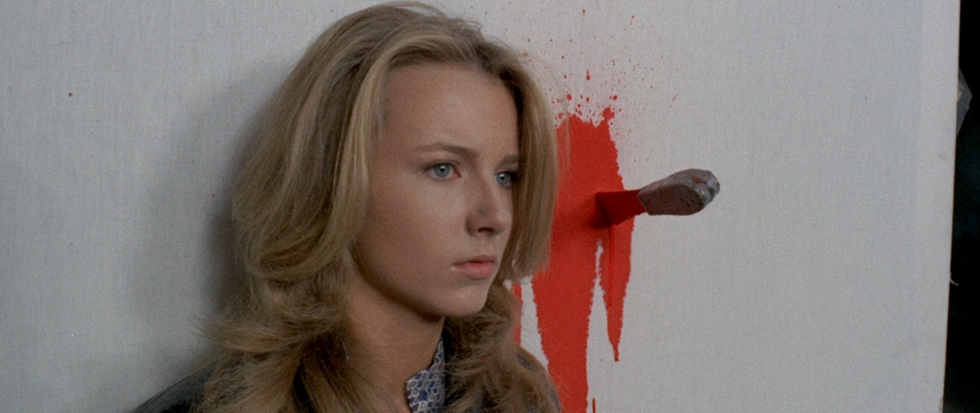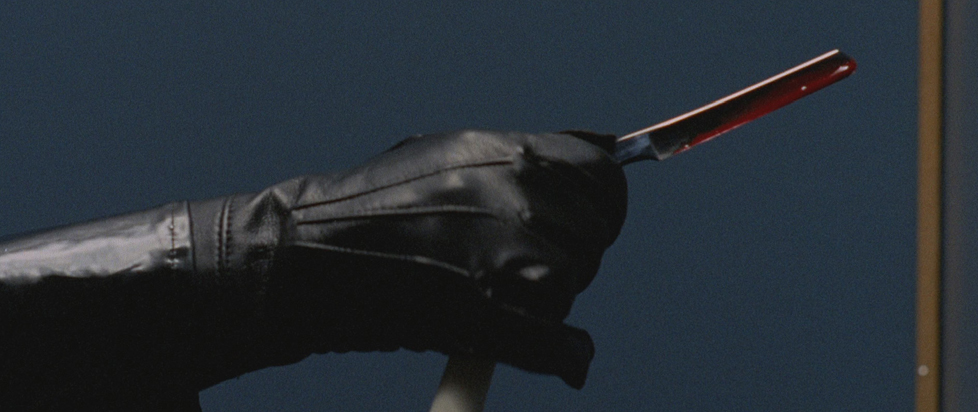
On The Bird With the Crystal Plumage
Giallo film was a cycle of Italian murder-mysteries that flourished for a few decades in the mid-20th century. Giallology is a humble appreciation of these movies.
———
Most Italian genre directors were catholic in their output, directing poliziotteschi, pepla, cannibal movies, romantic comedies and giallo – whatever came their way. But Dario Argento made giallo his calling card, like a black glove left at a murder scene. Any survey of giallo would do well to start with his 1970 debut, The Bird With the Crystal Plumage.
It’s well-documented that the film helped shape the giallo into its popular form; the commentaries on both the Blue Underground and Arrow home video releases (by Alan Jones & Kim Newman and Troy Howarth, respectively) provide plenty of insight into the particulars of its production. Suffice it to say that Argento built on Mario Bava’s 1963 The Girl Who Knew Too Much (which laid the groundwork with its narrative conventions and casting of John Saxon) and especially Bava’s vivid, elegant 1964 urtext Blood and Black Lace.
The Bird With the Crystal Plumage establishes many of Argento’s recurring fixations, both aesthetic and thematic: the killer signified by their black gloves and fetishistic array of killing implements; a convoluted psychosexual backstory; an amateur-detective protagonist who sees something significant but can’t recall one key detail and a persistent and thorough doubling motif.
 Here Argento arrays the plot around one set piece; Sam, an American writer living in Rome, sees a woman being attacked in an art gallery by a killer in a black trench coat and hat. He tries to help but is trapped between the gallery’s electronic glass doors – forced to watch as the woman bleeds out. The killer escapes. Monica, the victim, survives. Sam is of course run through the wringer by the police, but to no avail.
Here Argento arrays the plot around one set piece; Sam, an American writer living in Rome, sees a woman being attacked in an art gallery by a killer in a black trench coat and hat. He tries to help but is trapped between the gallery’s electronic glass doors – forced to watch as the woman bleeds out. The killer escapes. Monica, the victim, survives. Sam is of course run through the wringer by the police, but to no avail.
It turns out, after several more murders and a carload of red herrings, that Monica was not the victim; she is the murderer. Argento cannily stages the gallery scene so that literally the only thing in front of Sam is the killer, the truth, framed between monstrous sculptures and bright white walls. This situation repeats again and again in Argento’s filmography: a witness misinterprets or can’t make sense of what they’ve seen. When they do, the mystery is over. It is not police work that solves the crime. It’s the protagonist running the scene through their mind until it falls into place.
The police immediately use “he” and “him” to refer to their mystery killer, and while they’re diligent enough to question Sam’s innocence they take for granted the gender dynamics of the crime. In one scene, the police “bring out the perverts” in case Sam recognizes one of them as the killer; in the lineup is a trans woman. She belongs with the “transvestites,” says one cop – not the perverts. The moment is played as a gag, but it also speaks to the rigid thinking that keeps both Sam and the police from identifying the killer. Unable to conceive of Monica as anything other than a victim, they remain blind.
 The gender subtext comes to the fore at the end, where Argento echoes the infamous psychologist-explains-it-all ending of Alfred Hitchcock’s 1960 Psycho. Monica survived an assault ten years ago; the unresolved trauma festered inside her until she saw a painting a local artist made of her assault, which he witnessed at the time (long story). The sight drove her to violence, but curiously she identified herself with the attacker. This is all explained by a few men who call her “hopelessly insane,” neatly reordering Monica’s actions into the logic of patriarchy. Her violence against young women becomes a reenactment of the violence done to her; brutalization as a virus.
The gender subtext comes to the fore at the end, where Argento echoes the infamous psychologist-explains-it-all ending of Alfred Hitchcock’s 1960 Psycho. Monica survived an assault ten years ago; the unresolved trauma festered inside her until she saw a painting a local artist made of her assault, which he witnessed at the time (long story). The sight drove her to violence, but curiously she identified herself with the attacker. This is all explained by a few men who call her “hopelessly insane,” neatly reordering Monica’s actions into the logic of patriarchy. Her violence against young women becomes a reenactment of the violence done to her; brutalization as a virus.
Technically, The Bird With the Crystal Plumage is an astonishingly assured debut. Argento’s influential use of POV, hard chiaroscuro lighting and repeated visual doublings create a complex formal schema that enriches the gender politics at the fringes of the script. Ennio Morricone’s score carries a teasing naivete, its lilting, wordless nursery-rhyme melody and tinkling chimes almost mocking the futility of the protagonist’s investigation.
There is a specific shot in the film that has resonated through Argento’s work: Sam, in the foreground, bends down to pick something up. Behind him is revealed a corpse*. One thing is replaced seamlessly in the frame by another; a person becomes something else. The image we are looking at is not what we thought it was.
*This shot notably recurs in Argento’s 1982 opus Tenebre, as well as Brian De Palma’s 2002 Femme Fatale and 2012 Passion – and plenty of other Italian horror, from Lamberto Bava’s 1985 Demons to Romano Scavolini’s 1981 Nightmares in a Damaged Brain. Someone needs to do a study…


